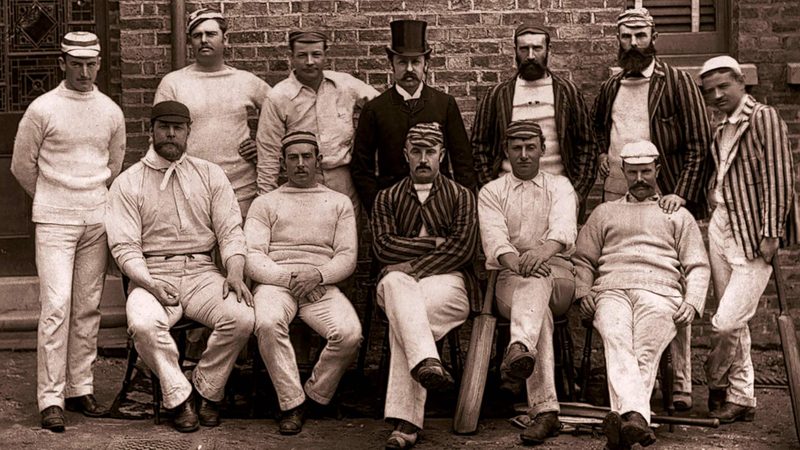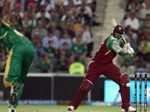
March 15 remains a momentous date in the history of cricket, as it was on this day, way back in 1877, that the first-ever officially recognized Test match commenced. Played between England and Australia at the Melbourne Cricket Ground (MCG), the date isn’t only significant because of the aforementioned. It also holds a pronounced value because a certain Charles Bannerman scored the first-ever Test ton, scoring 126 runs on the opening day of the match.
Also credited as the player to face the first ball ever bowled in Test cricket, coupled with the honour of scoring the first run, followed by the first half-century, Bannerman opened the Australian innings alongside Nat Thomson, who departed after scoring a solitary run.
For Bannerman, unlike his fellow Australians, he found the serendipity lying right by his side, as he was dropped even before he had reached the double figures. In fact, no other player from his team even reached the 20-run mark.
While the others kept returning to the hut, Bannerman stood his ground firm, scoring 126 on the first day followed by adding 39 on the second to reach 165 before being retired hurt after having his finger broken by a delivery from George Ulyett.
Australia eventually registered 245, riding on the back of Bannerman’s 165*. He scored 67.4 per cent of his team’s total, which even after 142 years remains a record.
For years in the midst, many have come nigh, with Australia’s Michael Slater coming the closest after scoring 66.84 per cent of his team’s total against England in 1999. As for the best individual score in Test, it didn’t take long for the record to be reestablished after Australian captain Billy Murdoch went on to score the first-ever double century in 1884.

As for Bannerman, while he would go on to play just two more Tests in his career, his influence still remains an indelible ink in the history of this sport.
Ironically, Bannerman was born in England - on July 3, 1851 – but later moved to New South Wales with his family, and thus represented Australia during the course of his career. Considered as one ferocious batsman, Bannerman was also known for his brilliant fielding efforts.
Despite all these showings, his career was short-lived because of illness. It is, however, said that his life was majorly hampered due to gambling debts and alcohol which left him strangled in the midst. He would later go on to become an umpire and stood for 12 test matches in Australia between 1887 to 1902.
#Memories - Sir Don Bradman with the Cricket's first test centurion, Charles Bannerman in 1930 (place unknown). pic.twitter.com/Cq7rpTMZHy
— Cricketopia (@CricketopiaCom) March 12, 2017
Meanwhile, he was in the stands when Donald Bradman scored 452* in a Sheffield Shield match played against Queensland. The two Australian legends, one being the scorer of the first Test century, while the other being an unstoppable force, were photographed together. And eventually, on August 20, 1930, he took his last breath.
Feature Image Courtesy: Twitter/ @allanholloway







